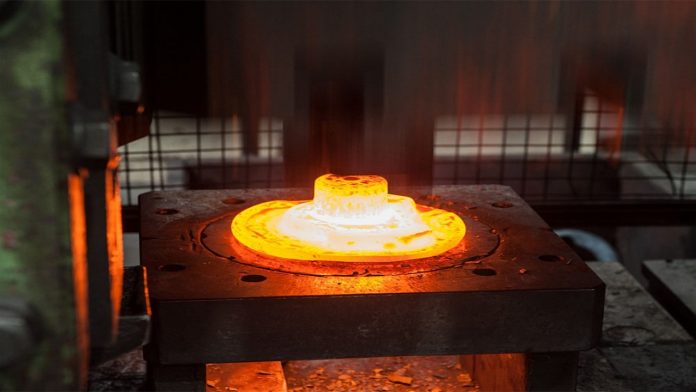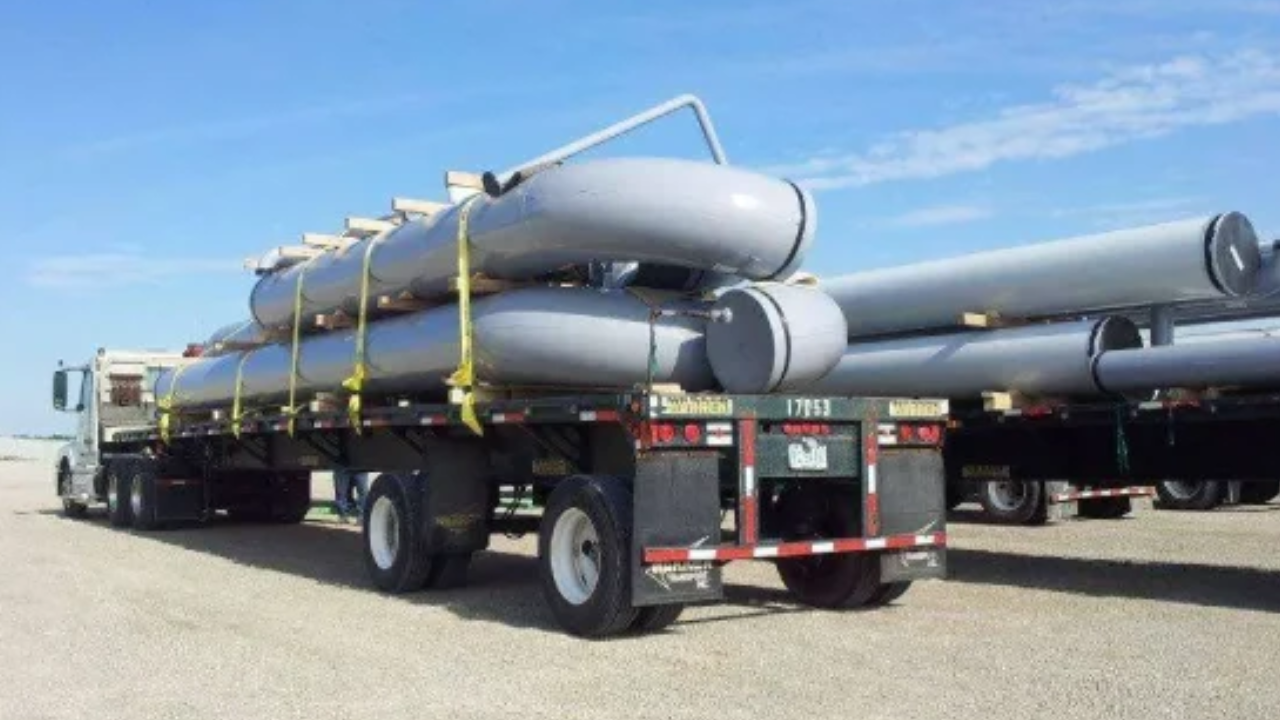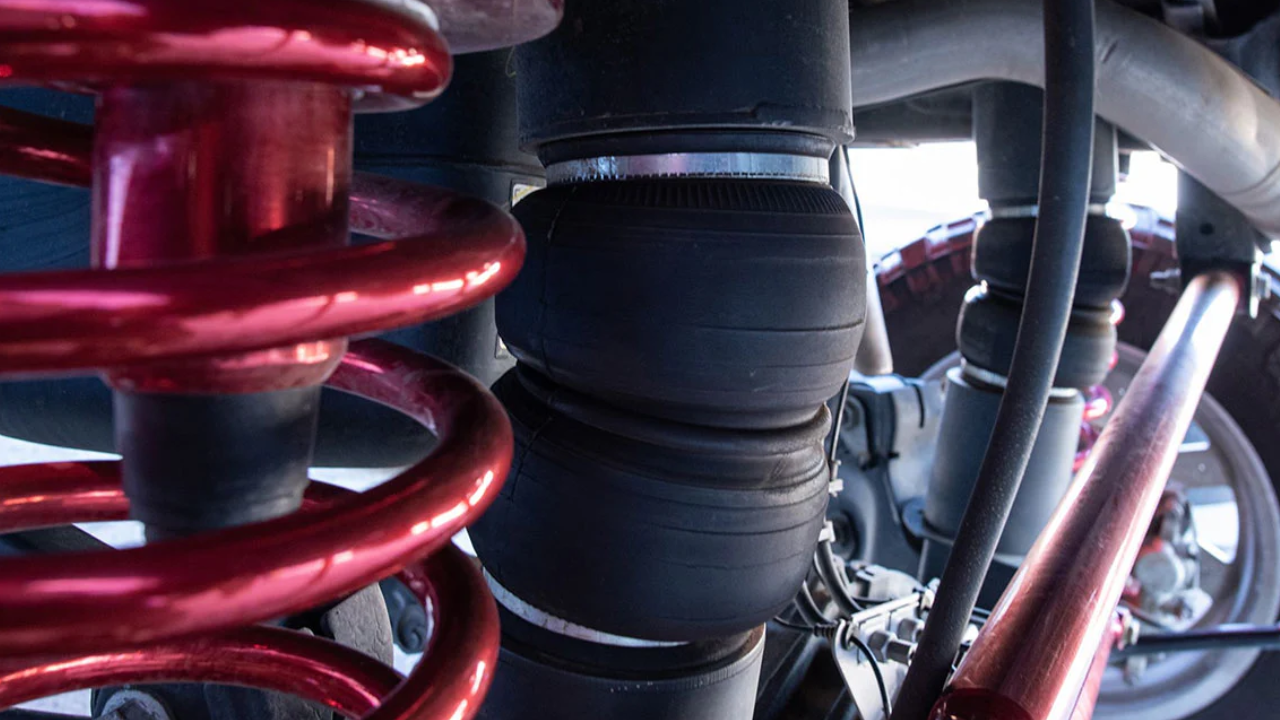The world of manufacturing is constantly evolving, driven by the pursuit of excellence in quality and performance. In this article, we dive into a critical aspect of this evolution: the role of heat treatment in forging. This craft, often overlooked, holds the key to enhancing the quality and durability of forged components. For further insights into this topic, readers are encouraged to click the link and view our website.
Forging at Its Core
Before we delve into the intricate world of heat treatment, let’s take a moment to grasp the essence of forging. At its heart, forging is the art of shaping metal through the application of force. It’s the process behind the creation of vital components that serve as the backbone of countless industries, from transportation and construction to agriculture and manufacturing.
Forging, however, is only the first step on the path to excellence. The challenge lies in ensuring that the forged components possess the strength, resilience, and precision required for their intended purpose. This is where heat treatment emerges as the unsung hero.
Unveiling the Masterstroke of Heat Treatment
Heat treatment, in essence, is a choreographed dance of temperatures and cooling rates. It’s a meticulously controlled process that imparts the desired characteristics to a forged component. The ballet of heat treatment involves various techniques, including annealing, quenching, tempering, and normalizing. Its primary objectives are nothing short of transformative:
Enhancing Mechanical Properties
Heat treatment is the alchemy that can turn ordinary metal into extraordinary components. It fine-tunes properties like hardness, tensile strength, and toughness, elevating the material to new heights.
Banishing Residual Stresses
The act of forging can introduce unwanted residual stresses into components. Heat treatment steps in to soothe these stresses, ensuring that the component retains its form and structural integrity.
Empowering Against Wear
Components destined for a life of wear and friction, such as gears or bearings, benefit immensely from heat treatment. It equips them with an armor of resistance against the ravages of time and use.
Machinability Marvel
For components destined for precision machining, heat treatment is a boon. It makes the metal more pliable and accommodating to the tools, reducing wear and tear while ensuring precise dimensions.
The Process of Heat Treatment
To grasp the beauty of heat treatment, one must understand its rhythm:
Heating
The component is gently warmed to a specific temperature, known as the austenitizing temperature. This temperature varies depending on the type of steel and the desired outcome.
Soaking
As the component reaches the austenitizing temperature, it is lovingly held there, allowing it to absorb the heat and ensuring an even distribution of warmth throughout.
Cooling
The cooling phase, or quenching, is like a plunge into an icy lake. It’s a swift and controlled process that transforms the microstructure. The choice of quenching medium—water, oil, or air—determines the final character of the component.
Tempering
To temper is to bring balance. The component is gently reheated to a lower temperature, creating a harmonious blend of hardness and toughness.
Conclusion
Heat treatment is the silent artisan behind the scenes of forging and crafting components of unparalleled quality. This process is a sacred part of the manufacturer’s commitment to delivering excellence in forging services. The marriage of forging and heat treatment gives birth to components that not only meet but often exceed the rigorous standards of diverse industries.













